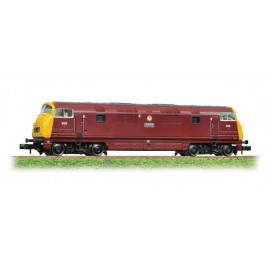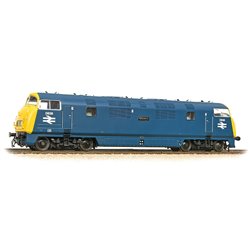As a modeller, but not necessarily an electrician, you may have read many 'how to' articles advising the use of a...
No products
Product successfully added to your shopping cart
There are 0 items in your cart. There is 1 item in your cart.
Search Tips
Christmas and New Year
We are dispatching orders every weekday apart from Christmas Day, Boxing Day and New Year's Day.
If you order is time critical, select next day delivery at checkout.
The shop in Sandown is closed from 25th December, reopening on 30th December.
What is a Bo-Bo wheel arrangement?
Bo-Bo is a common wheel arrangement for many medium sized diesel and most electric locomotives. It indicates that a locomotive has two bogies (one at each end), each bogie has two axles and each axle has 2 wheels giving the locomotive eight wheels in total (four at each end). To be classified as a Bo-Bo arrangement each one of the eight wheels must have its own traction-motor.
The requirement for all of the wheels to all have an independent traction motor means that diesels with a Bo-Bo wheel arrangements will by default be a diesel-electric. This is where a diesel engine powers an electrical generator that, in turn, powers the individual traction-motors, a set up that is not possible with diesel hydraulic locomotives which tend to have B'B arrangements when referring to locos with eight wheels.
Not many larger more powerful diesels have Bo-Bo wheel arrangements because such locos are simply too heavy and need their weight distributing across more wheels. This is a problem that electric locomotives don't suffer from as they are much lighter, so many electric locomotives even the bigger, more powerful ones have Bo-Bo wheel arrangements.
Click here to receive the tips weekly in your mailbox. You can unsubscribe at any time.










